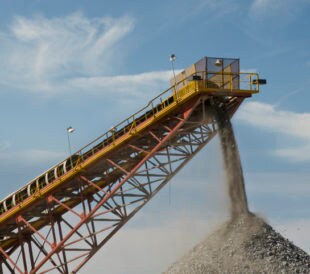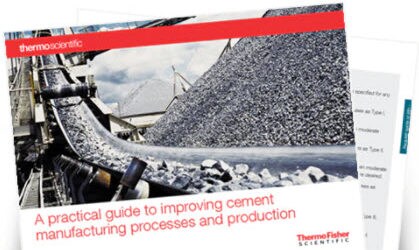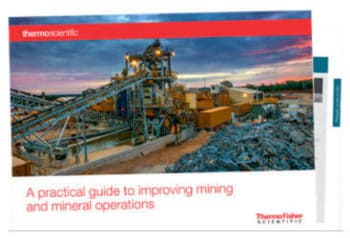 Oil and gas prices remain low, and while consumers may celebrate, some oil and gas companies are being forced to scale back on exploration and production. The reverberations are being felt in peripheral industries including frac sand and steel, where companies that produce seamless and electric resistance welded steel casing and tubing and other steel pipe and tubing products are shutting down plants or laying off workers.
Oil and gas prices remain low, and while consumers may celebrate, some oil and gas companies are being forced to scale back on exploration and production. The reverberations are being felt in peripheral industries including frac sand and steel, where companies that produce seamless and electric resistance welded steel casing and tubing and other steel pipe and tubing products are shutting down plants or laying off workers.
According to Pipeline & Gas Journal, steel companies are suffering not only because of reduced demand for pipe from oil and gas companies, but because these businesses are investigating plastic pipe as a cheaper alternative, particularly for the gathering lines that connect wells to production facilities. The article explains that for years, reinforced thermoplastic pipe (RTP) has been used as a flexible, lightweight, and corrosion-resistant alternative to steel pipe in low- and medium-pressure oil and gas applications. RTP is also more cost-effective than steel pipe, allowing companies to cut costs rather than production. Plastic pipe is low maintenance, requires no corrosion inhibitors, and will never fail due to rust-like steel pipe can. (Read What is the Leading Source of Failures in the Hydrocarbon Processing Industry? or view the infographic, 10 Reasons To Use Handheld XRF On Oil & Gas Pipelines.)
The Plastic Pipe Institute web site explains that polyethylene pipes are widely used throughout oil and gas gathering applications both above and below ground where the temperatures and pressures can be tolerated. Typical pressures are up to 300 psi with temperatures up to 140°F. Composite pipe has become widely accepted in oil & gas gathering applications because it can be designed to operate at higher temperatures than polyethylene and at pressures up to more than 1000 psi. Composite pipes are composed of a wide range of thermoplastic pipe materials and may be reinforced with thermoset plastics, metals or other reinforcing materials. Applications include:
- Oil and gas gathering
- Produced water
- Brine & salt water service
- Hydro fracturing
- Sour service CO2 and H2S
Polyethylene pipe is the accepted standard for these mining applications:
- Solution Mining
- Heap Leaching
- Process Water
- Process Slurry
- Water Transportation
- Tailings Transportation
- Dust Suppression
- Mine Dewatering
- Pit Dewatering
- Depressurization
Read more about the characteristics and applications of PE pipe in mining in the Producing Polymers and Plastics post, The Use of Plastic Pipe in the Mining and Oil and Gas Industries.
Learn about sulfidic and flow accelerated corrosion of pipes in hydrocarbon processing and how to identify it in the Analyzing Metals post, Is Plastic Pipe The Answer to Combating Corrosive Steel in Hydrocarbon Processing?






I see. Very interesting to me because first time this mining industry use a plastic pipe.
My questions are:
How strong the heat resistance against melting itself?
How long the durability of plastic pipe against weather and pressure?